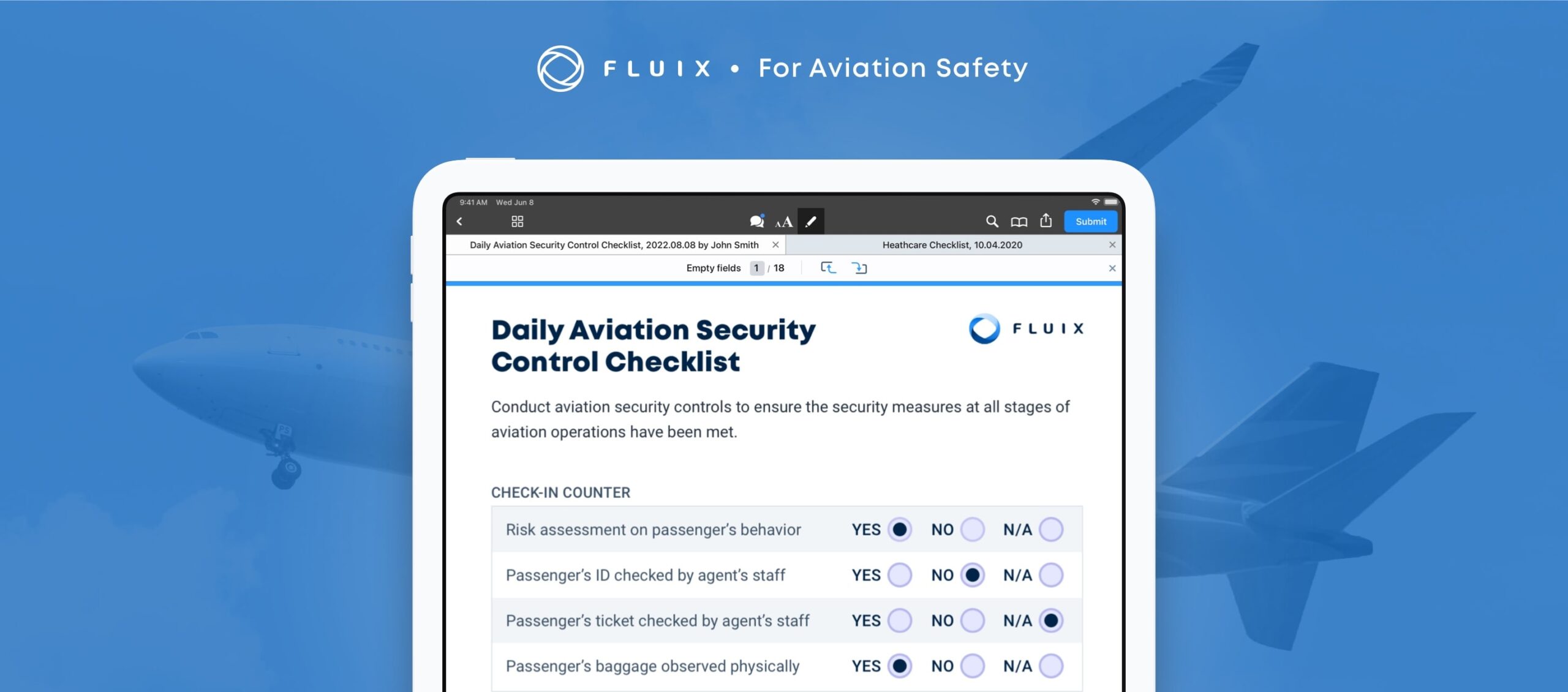A growing number of companies use robotic process automation in insurance. Market-leading insurers rely on RPA to automate data entry, repetitive tasks and even computing workloads. RPA goes beyond workflow management to give companies the ability to use bots to check records, fill out forms, enhance customer service and facilitate transactions.
Find out more about the effects that more widespread adoption of RPA is likely to have on the insurance industry.
How Robotic Process Automation Works
Robotic process automation involves defining a series of instructions for a robot to perform based on triggers and responses. The most common applications for RPA in the insurance industry involve setting up software robots to perform repetitive tasks that involve launching and operating a variety of other applications.
Minimal coding is required for RPA, as bots work directly in applications on the user interface side of the presentation layer. For this reason, RPA is a good choice for insurance companies that operate legacy systems. Bots are compatible with most legacy applications, which makes this approach to automation easier and more affordable to implement than other approaches to automation.
To get the most out of RPA, an insurance company should first prioritize workflow management. Fluix workflow management software simplifies the process of automating a wide variety of tasks across systems. With this platform and RPA, insurance companies can automate most tasks that involve data entry and verification in addition to some stages of claim processing and risk analysis.
Why Use RPA in the Insurance Sector
Most companies in the insurance industry have workflows involving substantial amounts of data entry and many repetitive tasks. This makes insurance companies well-suited to benefit from RPA. A number of insurance companies have already automated data entry, as manual methods have higher error rates, but the applications of RPA extend far beyond data entry.
Some insurance companies also use RPA to support customer service. Automation can improve customer perceptions of the responsiveness of a company by expediting inquiry and request resolution. Studies suggest that RPA can free up to 30% of capacity at an enterprise level and improve the customer experience. RPA can also be used in innovative ways. For instance, the insurance company Anthem uses RPA to shift computing workflows.
Smaller insurance companies that are not already using automation can experience the benefits of RPA by pursuing workflow management. Determining the triggers and responses for particular tasks can draw attention to processes that could be candidates for RPA.
Robotic Process Automation Use Cases in Insurance
Many insurance companies use RPA to reduce the need for manual data entry and free up employees to do skilled work. According to a 2019 Forrester Consulting report, 57% of executives say that RPA reduces manual errors and increases employee engagement, while 60% agree that RPA enables employees to focus on more strategic aspects of their positions.
While many use cases exist for insurance companies using RPA in workflow automation, an innovative example from the largest for-profit managed health care company in the Blue Cross Blue Shield Association involves using RPA to manage computing workloads. Bots monitor the movement of data packets in the Anthem network, identify when servers are approaching capacity and shift workloads to machines with more available capacity to ensure uptime.
This Anthem RPA use case is especially illuminating, as the company reports that managing the company data center infrastructure with more than 130 RPA bots has freed up engineers to focus on strategic work. Other use cases abound for claims clerks as well as actuaries, analysts, appraisers, brokers, claims adjusters, underwriters and other employees of insurance companies.
How Insurers Can Benefit From RPA
Insurance companies need accurate information to process policy sign-ups and claims. When clerks enter data manually, there is a much higher risk that humans will make errors than when RPA is used to automate data entry. Any rule-based and trigger-driven repetitive task can be a potential candidate for automation.
Employees experience the greatest benefits from automating high-volume tasks, as these tasks tend to take the most time, feel the most tedious and consequently suffer from higher human error rates. The RPA systems that are available today can process data across formats such as electronic or paper documents and files.
RPA makes it easier and more affordable for insurance companies to benefit from automation. Using bots to automate processes is proven technology that does not require the technical know-how involved in experimental artificial intelligence or intelligent automation. The bots used for RPA are not capable of learning, which is the main distinction between RPA and deep learning or machine learning.
How Policyholders Can Benefit From RPA
Policyholders stand to benefit from the efficiencies introduced in RPA. Use cases in customer service show that many policyholders appreciate the ability to get fast, automated feedback that is customized based on the information they provide. The benefits of RPA also extend to simplifying the processes involved in signing up for policies and making claims.
When a policyholder needs help or information, an insurance company that uses automation well is more likely to have skilled employees who are available and prepared to resolve customer inquiries. When an employee pulls up records, policyholder data is also more likely to be accurate. The automated processes that go on in the background enable employees to provide policyholders with the highest quality of service.
Although RPA is not strictly a cost-cutting technology, insurance companies that implement this automation method do so more affordably than would be possible with artificial intelligence (AI) technology or enterprise resource management software. When RPA is implemented alongside workflow management software, companies can reduce costly inefficiencies and pass savings on to customers in the form of competitive policy pricing.
Automating the Business Processes of Insurance Companies
Optimizing workflows is the first step toward automation for many insurance companies. Implementing Fluix workflow management software can point stakeholders toward tasks and processes that can be automated. RPA is an effective automation method for simple bots that are designed to work on the user interface level of legacy and workflow software.
An increasing number of insurance companies are finding RPA to be a cost-effective and efficient way to optimize data entry and process management. Robotic process automation in insurance is more affordable than ERM software and easier to use than experimental AI technology. While these bots do not have the ability to learn, automated functions can be customized, adjusted and fine-tuned for maximum productivity.
Breaking down and systematizing the tasks and processes in insurance company workflows is the first step toward automation. Fluix workflow management software can set the stage for a company to implement RPA and benefit from the latest innovations in automation.






